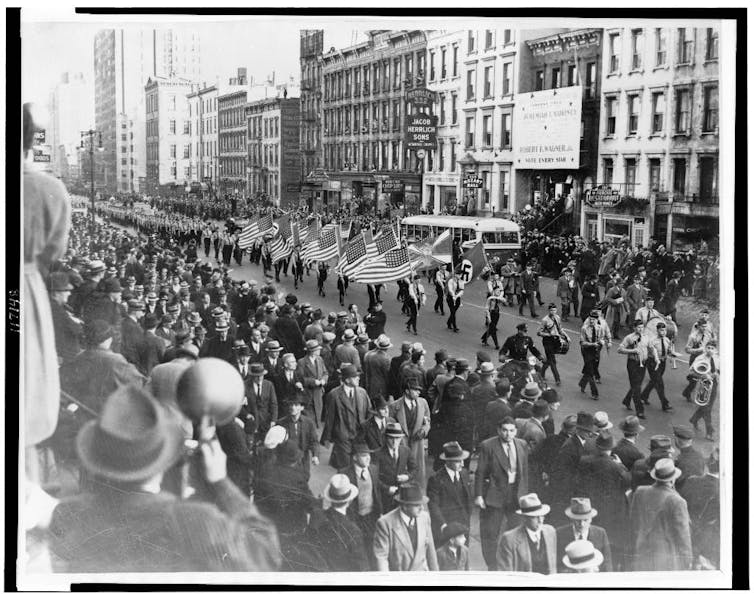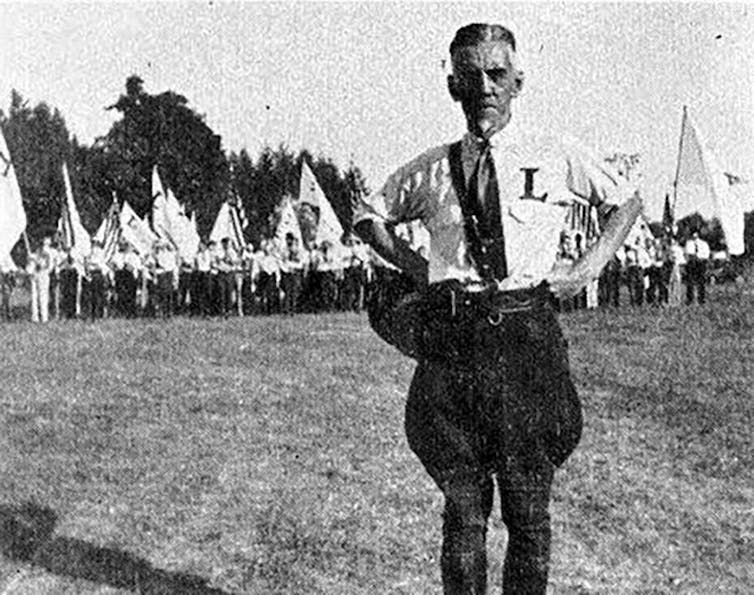 |
| "Fantastic Beasts: The Crimes of Grindelwald" - Poster |
Written by J.K. Rowling, the Hollywood blockbuster "Fantastic Beasts: The Crimes of Grindelwald" was recently released worldwide. Compared to the first installment of the franchise, Rowling's 2018 sequel introduces many new fantastic beasts, among which a Chinese mythical creature named Zouwu has captured the hearts of most filmgoers.
Zouwu has a cat face, tiger body, five-colored long tail, sharp claws and teeth, making it irresistible and destructive wherever it goes. However, when the hero, Newt Scamander, appears and waves a fluffy toy, this ferocious beast can immediately be captured to become a cute "big-eyed cat" with a happily-wagging tail.
This dual character has received rave reviews from fans around the world. An article on the USA Today website claimed Zouwu was "the best new fantastic beast" that made the film so successful.
Zouwu is a creature in ancient Chinese mythology. It first appeared in the Book of Mountains and Seas (Shan Hai Jing), a work of folk geography in ancient China. The book states: "There is a rare creature in Lin's country which is tiger-sized with a five-colored striped body and with the tail longer than the body. Called Zouwu, this creature is capable of travelling 1,000 miles in a day."
In many ancient painters' works, Zouwu was also portrayed as a horse-like animal. However, nowadays, many people believe the most likely realistic prototype of Zouwu is a snow leopard.
It is this ancient Chinese mythology written thousands of years ago that provided fresh inspiration to J.K. Rowling. In her interpretation, Zouwu is a terrifying beast that can be captured by nobody but Newt.
Actually, Zouwu is not the first Chinese mythical creature to appear in Rowling's books. Other such strange beasts populating her world of wizardry include "Chinese Fireball," Abominable Snowman and Fawkes, a pet phoenix of Albus Dumbledore, the headmaster of Hogwarts School. These "fantastic beasts" are the embodiment of both human imagination and respect for nature.
Ancient Chinese mythology highly valued moral integrity. For example, in Chinese culture, Zouwu is a beast of kindness, which only eats already dead-animals, never killing them itself. Kylin was said to have the ability to distinguish between good and bad people; and the phoenix was a symbol of peace and order. These mythical creatures reflect Chinese people's emphasis on lofty morality and warnings about human weakness.
With growing cultural exchanges between China and other countries, we hope that Chinese culture can offer more inspiration and that more Chinese "fantastic beasts" can become known by the outside world..
SOURCE: China.org.cn
Related Videos:
Related Stories:
- Warner Bros. Pictures' "Fantastic Beasts: The Crimes of Grindelwald" to be Released in ScreenX
- Scholastic Unveils New Covers For J.K. Rowling's Harry Potter Series, In Celebration Of The 20th Anniversary Of Harry Potter and the Sorcerer's Stone In The U.S.
- [US] 20 Years of Harry Potter: Pottermore Publishing Offering Unlimited Access to Ebook in Public Libraries

































